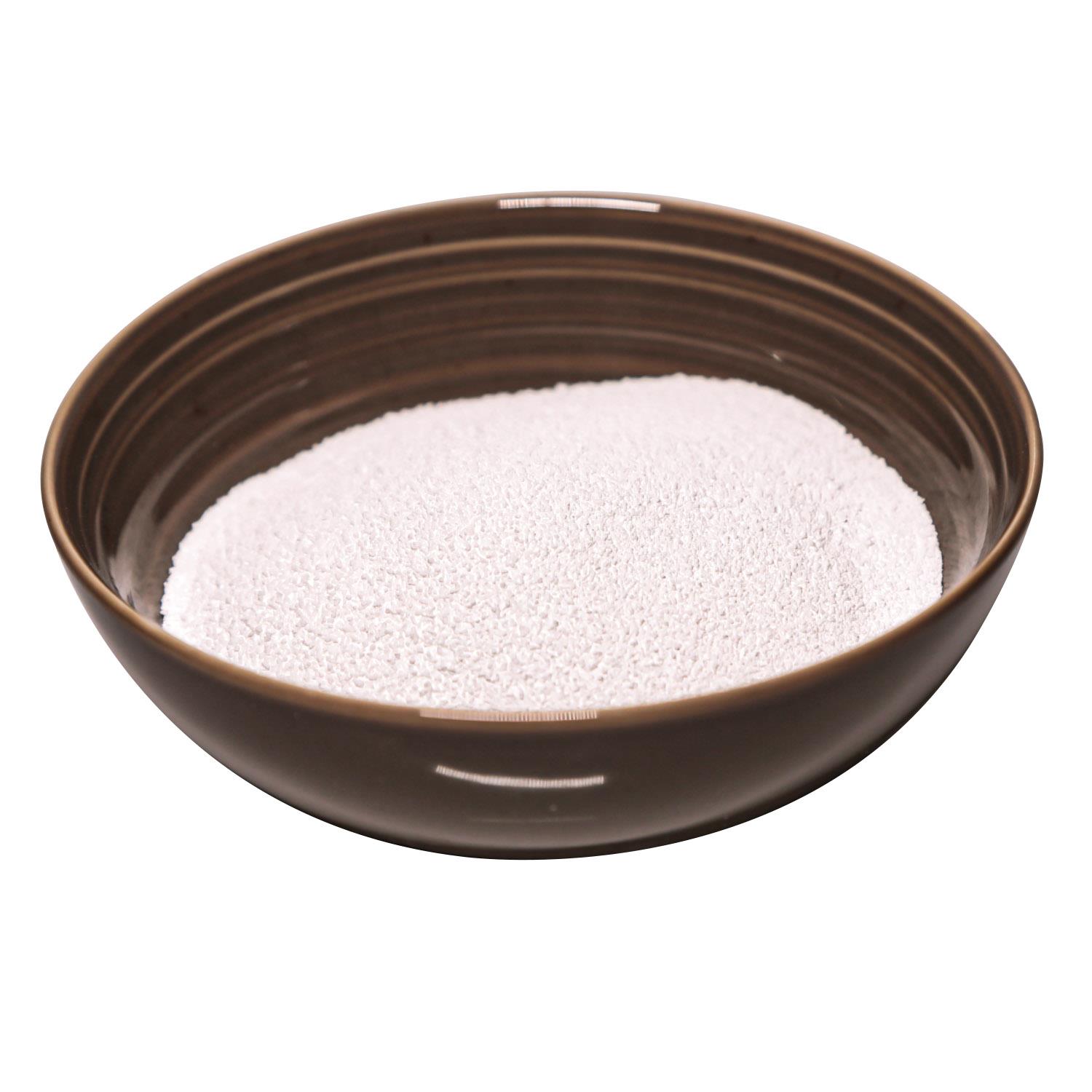Chemical properties:
Colorless monoclinic crystal. Melting point 214-215℃ (anhydrous matter), relative density 1.494. Slightly soluble in water, chloroform, ether, acetone and benzene, soluble in any proportion to ethanol, almost insoluble in carbon disulfide. Dissolved in 125 parts cold water.
Purpose:
P-hydroxybenzoic acid is a widely used organic synthetic raw material, especially its esters, including methyl p-hydroxybenzoate (paraben A), ethyl ester (Paraben B), propyl ester, butyl ester, isopropyl ester, isobutyl ester, can be used as food additives, used in soy sauce, vinegar, cooling drinks (except soda), fruit flavoring agents, fruits and vegetables, pickled products, etc. Also widely used in food, cosmetics, medicine anti-corrosion, anti-mold and fungicide and other aspects. P-hydroxybenzoic acid is also used as an intermediate in dyes and pesticides. It is used in the synthesis of organophosphorus insecticides GYAP and CYP. Color developing agent used in the dye industry for the synthesis of thermal dyes; It can also be used as a raw material for the production of plasticizer in color film and synthetic oil-soluble color modifier "538" and nylon 12. In addition, it is also used in liquid crystal polymers and plastics.
Production method:
There are many production methods of p-hydroxybenzoic acid, potassium phenol carboxylation method is more suitable for industrial production, this method is also divided into potassium phenol solid carboxylation method, potassium phenol solvent carboxylation method, continuous gas-liquid method of potassium phenol and carbon dioxide. About 40% of potassium hydroxide solution and phenol were mixed in the reaction pot and stirred at 100℃ for 0.5h until the free base of potassium phenol solution was 0.3-1.2%. When the internal temperature is 140℃, the dehydration is changed to vacuum dehydration, and the water is steamed at 10.6kPa pressure for about 0.5-1h until the internal temperature reaches more than 170℃. The solvent phenol was added to the azeotrope to dehydrate at 200℃ (2.67kPa), and the complex salt of potassium phenol and phenol was obtained. The prepared composite salt was further heated to 220-230℃, and the purified anhydrous carbon dioxide was injected, the pressure was maintained at 0.5MPa, the reaction was carried out for 2.5h, the temperature was lowered to 200℃, the phenol was added, the heat was held and stirred for 30min, and then the phenol was recovered under pressure to the end. The second carboxylation is carried out through carbon dioxide, which takes about 2h. After carboxylation, the phenol is recovered, cooled to below 180℃, dissolved with water, and carboxylated solution (dipotassium p-hydroxybenzoate) is obtained. Sulfuric acid is gradually added to the carboxylating solution and neutralized below 70 ° C to a pH of 6.7. The potassium sulfate was removed by cooling filtration, and the crude filter cake was recrylzed with water and decolorized with activated carbon to obtain p-hydroxybenzoic acid with more than 99% content. Dipotassium p-hydroxybenzoate can also be obtained by translocation of dipotassium salicylate. Therefore, para-hydroxybenzoic acid can also be obtained from salicylic acid through salting, translocation and neutralization in industry, but the cost is higher. In addition, the by-product of saccharin production, p-toluenesulfonyl chloride, can also be obtained by ammonia, oxidation, acid out, alkali melting and acid out. The yield of this method is low, the cost is high, and the by-product of saccharin often contains toxic impurity o-sulfonamido-toluene.
